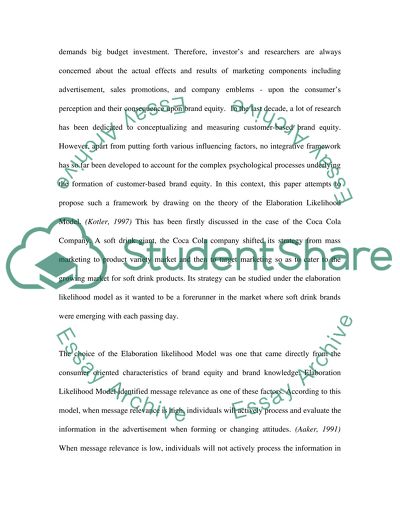Cite this document
(Brand Positioning through Market Segmentation and Targeting Case Study, n.d.)
Brand Positioning through Market Segmentation and Targeting Case Study. Retrieved from https://studentshare.org/marketing/1521908-brand-positioning
Brand Positioning through Market Segmentation and Targeting Case Study. Retrieved from https://studentshare.org/marketing/1521908-brand-positioning
(Brand Positioning through Market Segmentation and Targeting Case Study)
Brand Positioning through Market Segmentation and Targeting Case Study. https://studentshare.org/marketing/1521908-brand-positioning.
Brand Positioning through Market Segmentation and Targeting Case Study. https://studentshare.org/marketing/1521908-brand-positioning.
“Brand Positioning through Market Segmentation and Targeting Case Study”, n.d. https://studentshare.org/marketing/1521908-brand-positioning.


